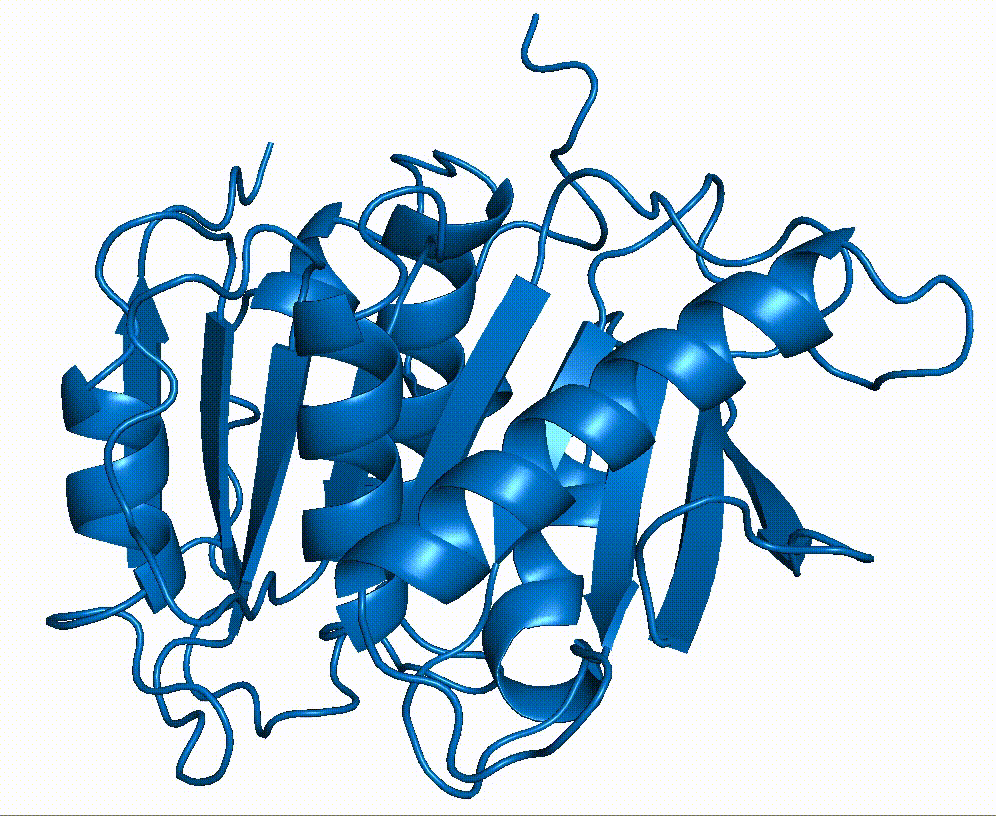

















In recent years, many kinds of PETase have been reported. IsPETase is one of the most promising PET plastic degradation enzymes. However, wild type IsPETase completely lost enzymatic activity after incubation at 40°C for 24 h. This poor thermal stability and biodegradation capacity limited its application for PET plastic enzymatic degradation.
The high-saline environment of the ocean and human body fluids could yield PET hydrolase enzymes with high salt tolerance or salt-dependent catalytic activity while maintaining
activity at low or near-ambient temperature similar to their native
environments. It is reported that a bioinformatic workflow
and subsequent discovery of a new polyethylene
terephthalate (PET) hydrolase, which was named MG8, from
the human saliva metagenome.
When both MG8 and IsPETase were deployed at 55°C,
facilitating degradation of crystalline PET, MG8 outperformed
IsPETase in degrading PET powder by 68-fold.

Recently, Cui et al. (2021) improved the stability of IsPETase
through the GRAPE strategy and obtained a highly stable
IsPETase (DuraPETase). Although the thermal stability of IsPETase
mutants is greatly improved compared with the wildtype, there
are still a lot of points for improvement, such as the enhancement
of biodegradation capacity. Until now, the improvement of thermal
DuraPETase-4M is one of them, which is modified based on
DuraPETase. After modification, its thermal stability and
degradation efficiency improved, suitable for hydrolyzing crystal
PET.

Microplastics easily become an effective substrate for microbial colonization due to their small size, the rough surface hydrophobic and long half-life, forming a small ecological niche known as the "Plastisphere". The organisms adsorbed on the hydrophobic plastic surfaces grow into small communities, which mature into biofilms. While adhesin is crucial in the formation of biofilm.
Co-aggregation is a highly specific cell-cell mechanism that allows genetically distinct bacteria to recognize and adhere to each other. It has been shown that co-aggregation among freshwater bacteria is mediated by adhesin receptors and adhesin interactions.
So Adhesin is selected. We deleted its irrelevant sequences that have nothing to do with adhere.



One of our initial design is to covalently combine MG8 with 4M to obtain a covalently linked double enzyme. The two sequences were linked together by flexible Linker (GGGGS)3. By combining them, PET can be more thoroughly degraded, enhancing its application. Then we designed the target gene sequence according to the protein structure. The optimization work was carried out by BGI. Plasmid diagram is as shown below. and the three-dimensional structure of the fusion enzyme is predicted by Alphafold 2.


We expected to give fusion protein the ability to adhere to
microplastic and degrade it. The adhesin protein
(UniProt code: Q03155) sequence is downloaded from UniProt
database, and the signal peptide and autotranslocator sequence
of adhesin is deleted. It is showed that microplastics can be
trapped and aggregated in the sticky biofilms. The two sequences
were linked together by flexible Linker (GGGGS)3.
The target gene sequence was designed according to the protein
structure. The optimization work was carried out by BGI. Plasmid
diagram is as shown below.
The three-dimensional structure of the fusion enzyme is predicted by Alphafold 2 .


4M and MG8 surface contain several kinds of primary amine groups: α-amine group at the N-terminus and ε-amino groups at the lysine residue. Free amine groups can be connected to the carboxyl-functionalized Fe3O4 NPs on the surface.
Our enzymes can covalently bind to Fe3O4 NPs in order to be recycled. Also, Fe3O4 NPs can achieve solar-to-thermal transformation, which is an effective way to harvest solar energy and provide energy for immobilized enzyme.